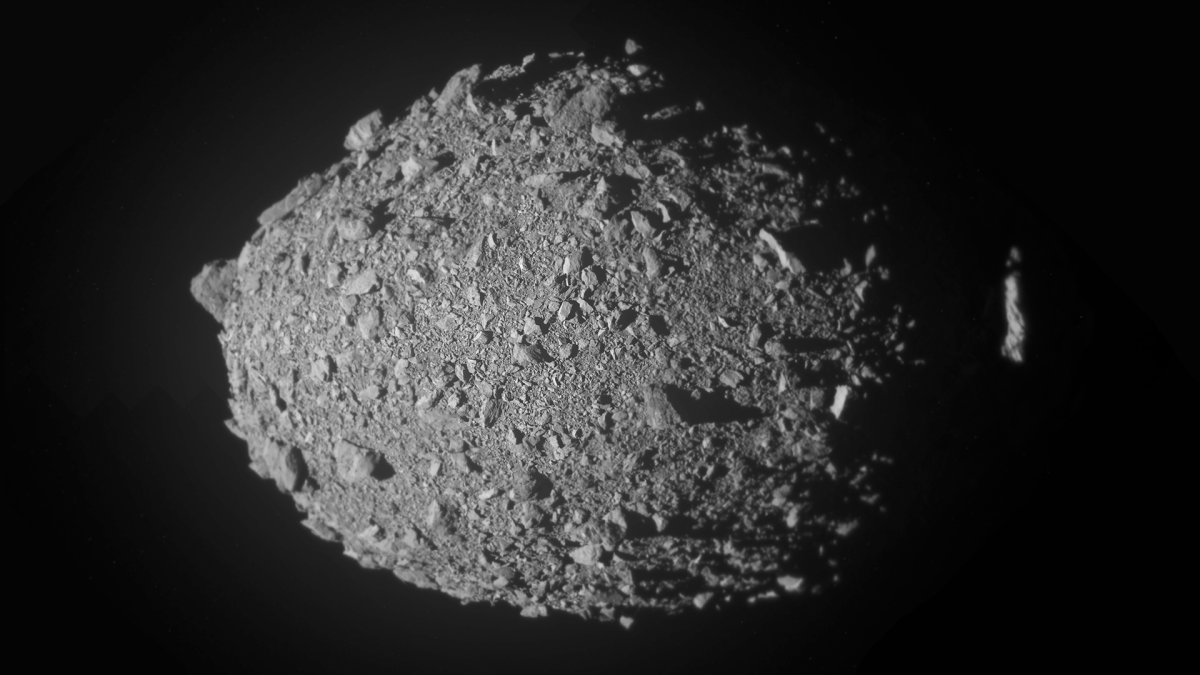Scientists working with a Very Large Telescope in Chile have properly examined the debris formed after the collision of the DART spacecraft with the Dimorphos asteroid. It turns out that there is practically no water in its composition.

Asteroid Observation
Astronomers working with the MUSE instrument installed on the Very Large Telescope (VLT) in Chile reported the results of their observations of debris that was ejected from the Dimorphos asteroid when the DART spacecraft crashed into it on September 26 last year.
The main purpose of the DART mission was to study the possibility of deflecting the trajectory of celestial rocks, for which the Dimorphos asteroid was chosen, rotating around a common center of mass with its companion Didymos. The device confidently coped with this mission. But it also allowed scientists to look inside these celestial bodies.
Particles that make up the ejection
MUSE studies have shown that the asteroid fragments are quite different in size. This is clearly visible by their color. According to the researchers, at first an ejection cone was formed after the impact, and then a “tail” of debris was observed.
According to the observations of scientists, the light reflected from smaller particles looks shifted to the blue region of the spectrum, and from large ones to the red. And the initial cone of debris after the collision with DART was significantly bluer than the “tail” that was observed later.
This indicates that at first a lot of small particles were ejected, which then, under the influence of the asteroid’s gravity and the solar wind, fell on its surface. Large fragments began to gradually move away, forming a tail.
Dimorphos turns out to be dry
The most unexpected result of the research carried out by MUSE is that the spectrograph has not found traces of water in any form among the debris. This was somewhat unexpected for scientists. In 2009, water was found in a very similar tail of the asteroid Themis. Then it was found that a layer of ice was hiding under its surface.
Many were even convinced that most or even all asteroids near Earth have a similar hidden layer of ice. This was in good agreement with the theory that it was they who brought this most important substance for life to Earth. But Dimorphos shows that this assumption is incorrect for at least a part of the heavenly rocks.
According to www.space.com
Follow us on Twitter to get the most interesting space news in time
https://twitter.com/ust_magazine

